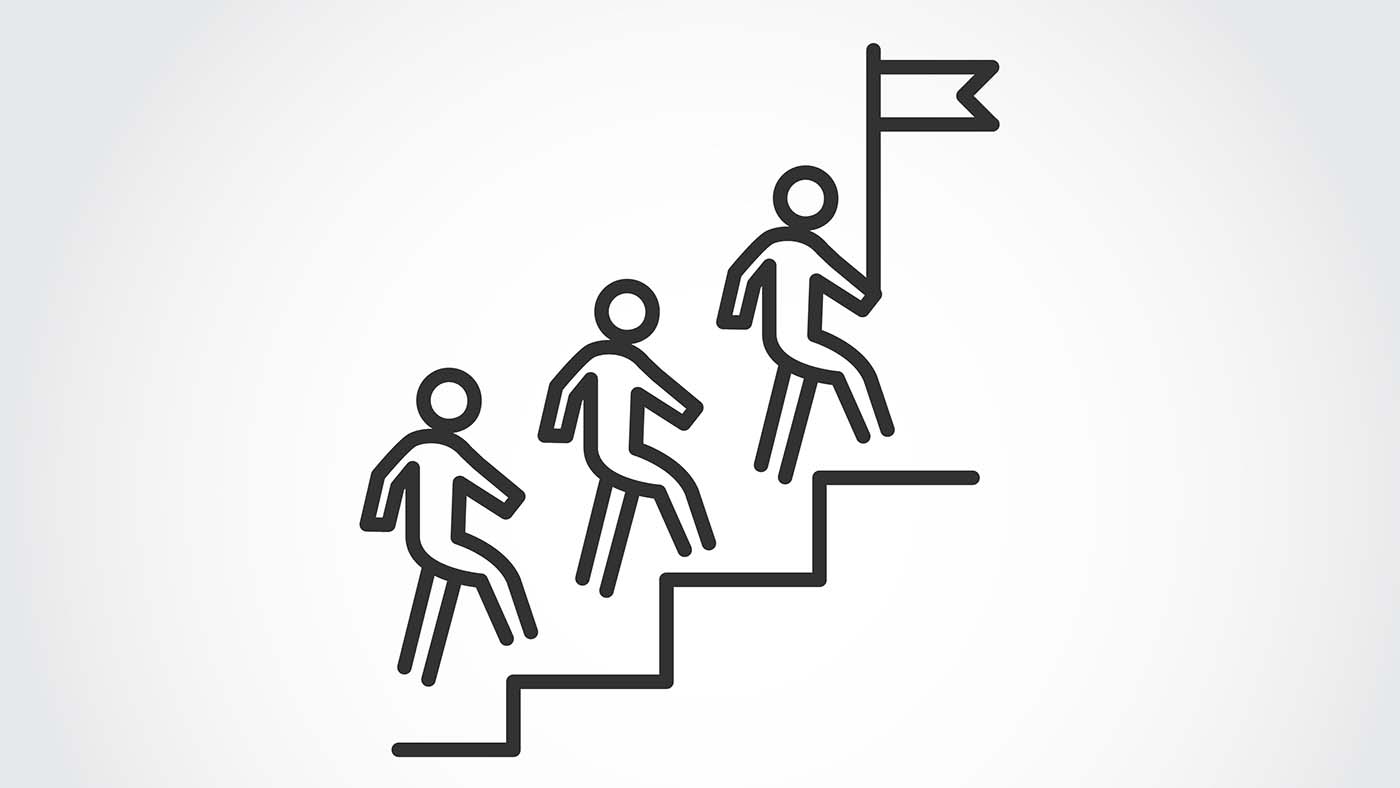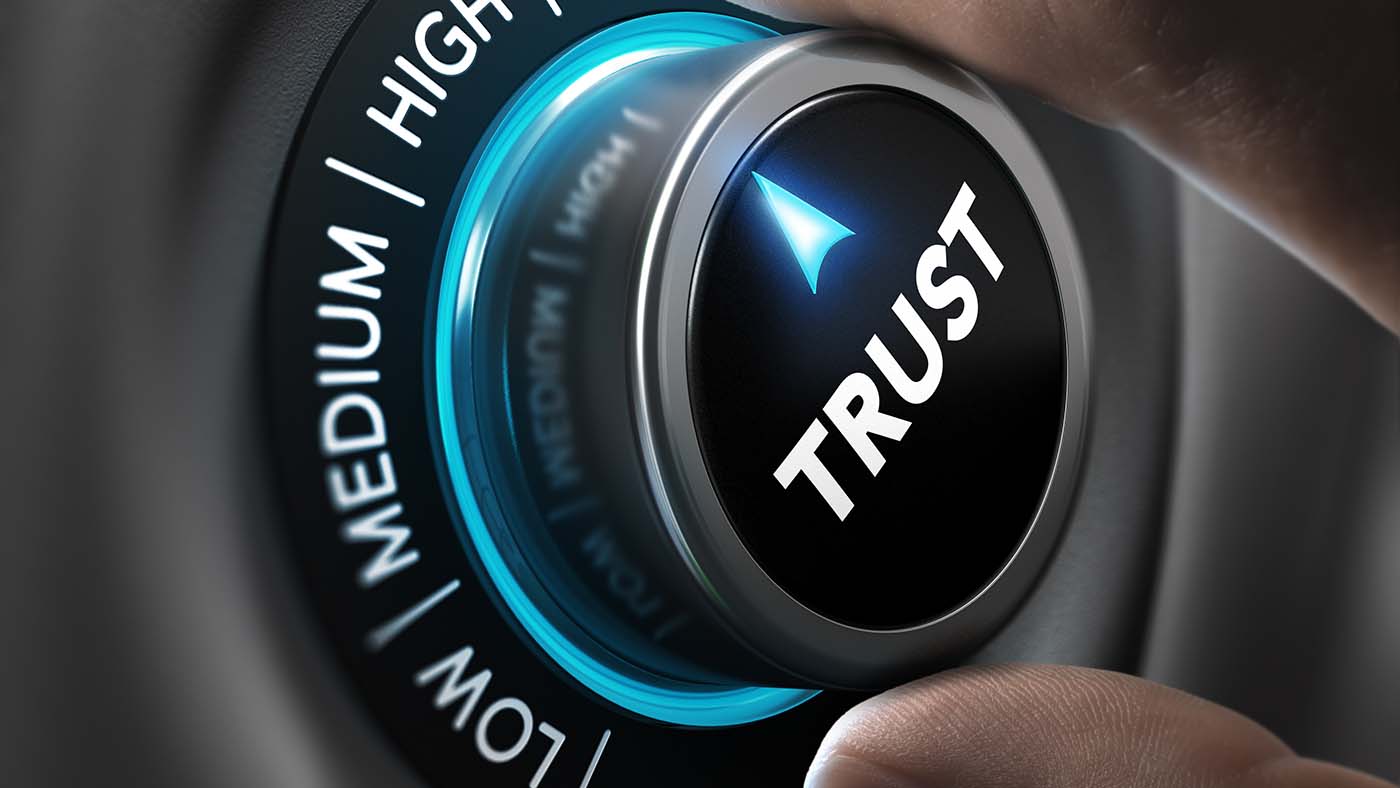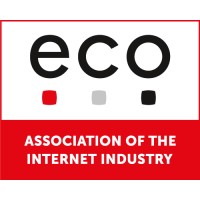How to Communicate to Build Trust
Hanna von der Au, eco Association, on why trust is essential for digital transformation and what communication can do to build trust.
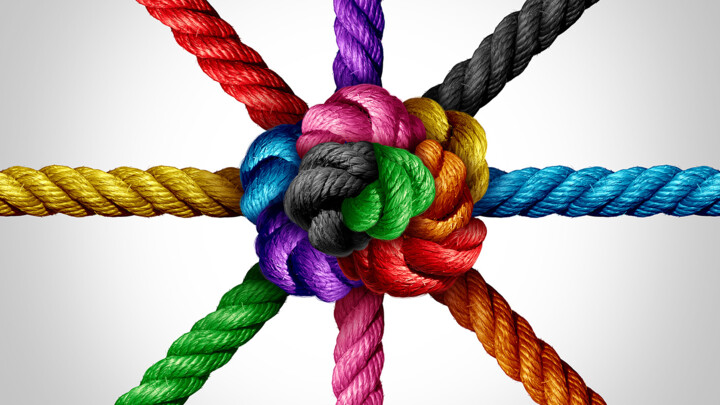
© wildpixel| istockphoto.com
Increasing numbers of cyberattacks, hate speech, data breaches, GAMA dominance, potentially risky side effects of artificial intelligence: the disadvantages or potential dangers of digitalization make it into the headlines again and again – loosely based on the motto “Bad News is Good News”. The effect of this can be illustrated by looking at how our brain works. The Illusory Truth Effect explains how the more often we hear statements, the more inclined we are to believe them – our brain makes sure of that.
So, for example, there are a lot of threatening headlines suggesting that algorithms and artificial intelligence are somewhat evil and are to be feared. But our everyday life is full of AI: whether we are being navigated to a destination, unlocking our mobile phone via facial recognition, using an online translation service or reading news on Twitter. AI helps to detect cancer1 or diagnose diseases, rid our oceans of plastic,2 and tackle climate change.3 The positive sides and benefits of AI can be shown in concrete, practical use cases.
What is actually so difficult about trust?
It is characteristic of a trust situation to have to make a decision without any certainty. Whether it is the prisoners in the prisoner’s dilemma, spouses swearing eternal fidelity to each other, or employees in project teams. They have to take a leap of faith in their counterparts – without being able to say with certainty whether their trust will honored or exploited. In a trust situation, there is always a lack of information that is compensated for by a gift of trust. That is why communication plays such an important role in the field of trust. The key to trust is providing information and building knowledge.
Yet digital, often disruptive, technologies help in many ways to tackle burning social issues and challenges such as climate protection, the sustainable use of resources, food and nutrition security or the early identification of serious life-threatening diseases such as cancer. Let’s take a look at some of the hopes for AI:
- 87 percent of executives trust artificial intelligence (AI) more than humans to make decisions when it comes to sustainability.
- 73 percent believe that companies would make better progress with sustainability and social goals by using AI, and
- 59 percent even believe that AI will succeed where humans have failed.
- 75 percent of companies globally are of the opinion that technology will play a key role in achieving their sustainability goals.4
There is, indeed, a high level of trust in digital technology. Trust is essential for the success of digital services and technologies. Communication about the added values and advantages of digitalization can help to strengthen the general public's trust in digital transformation. This is why the eco Association founded the #JOINTHESOLUTION campaign this year: “We are part of the solution – the Internet industry”. In our campaign, our goal is to present these solutions, tell their stories, and shed light on the positive impact of digitalization.
Five easy quick tips for building trust through communication
1. Talk is cheap – show that you are trustworthy in your actions
One thing is certain: Neither companies nor persons become trustworthy by explicitly stating that they are trustworthy. It is much more effective to give examples in corporate communication that demonstrate trustworthiness and to avoid simple claims of trustworthiness. Declaring yourself to be deserving of trust is rather a sign of a lack of trustworthiness. You have to show that you are trustworthy in your actions and deeds. Imagine your new employee telling you: I’ll always be on time, I promise. What does this phrase suggest to you? Not confidence in their punctuality, I’m sure. You shouldn’t need to promise to do something that you should be doing anyway, as a matter of course.
2. Use quotations, references and cross-references as evidence
Third-party voices are a sign of trustworthiness. Evidence, examples, and references serve to add further weight to the communication, which the recipient can use to check the reliability of the statement. Source references from external third parties represent positive evidence, although this is, in principle, dependent on the reputation and personal opinion of the addressee towards the source mentioned. Nevertheless, such “prestige references”, by which the author means references to other competent communicators, tend to attest to being trustworthy.
If you want to write a text for a product landing page, publish a brochure, and convince people in a communicative way, you should first do research with the aim of discovering some third-party voices. For example, for our campaign, we collected facts and figures and included testimonial quotes and case studies from eco members who have vivid real-world examples of technology impacting sustainability goals.4
Keep these questions in mind:
- Which external studies support my statements?
- Are there seals of approval or external evaluation platforms that support my key messages?
- Are there credible testimonials or trustworthy sources of quotes whose quotes I can include?
- Can I set up my own survey or set up a poll in cooperation with an opinion research institute?
3. Avoid contradictions and create statement homogeneity (consistency)
It is clear that it is difficult to trust someone whose statements are not consistent or – even worse – who promises A today and does B tomorrow. The same is true if your communication is not consistent across channels and across all communication components. Imagine you are looking for a new job opportunity and visiting the company page of a potential employer. There is a lot of talk about equality as a firmly anchored and lived value in the corporate culture. The whole content emphasizes how many positive effects heterogeneous teams have on their economic success and that all diversity dimensions are visible within the company. In the pictures, on the executive member page, and on the team page, however, you will discover a homogeneous group of people with identical skin color, from the same age group, and all male. Inconsistency is the best way to rapidly lose trust. Therefore, it is important to check your communication for contradictions and inconsistencies in content and eliminate them.
We have also taken this into account in our campaign and are not showing the usual suspect stock images of hackers, neural networks and so on, but rather, for example, a sea turtle that may have less plastic in its body thanks to AI-based cleaning of the world’s oceans.
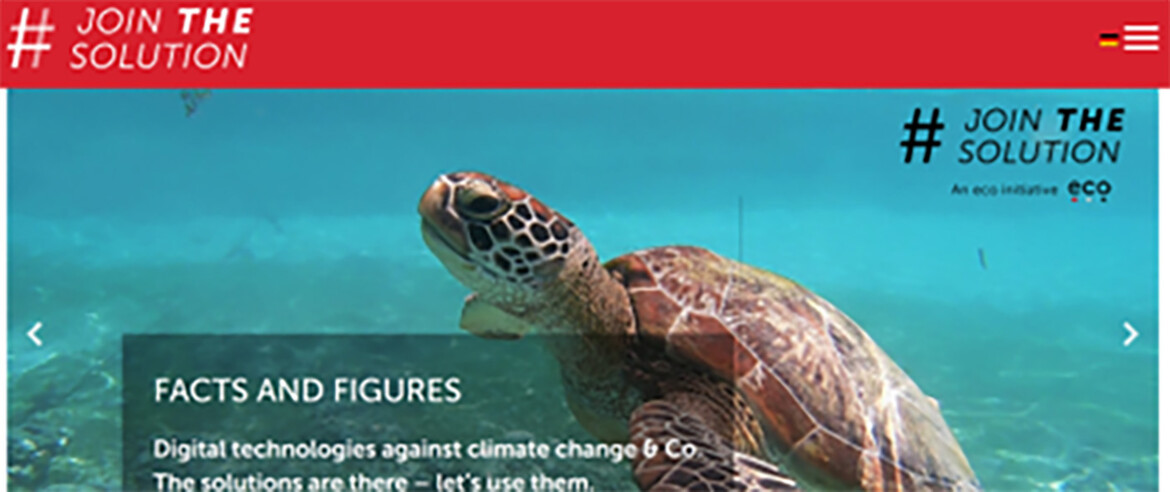
4. Be careful with specialist words, acronyms and euphemisms
Specialist words and/or acronyms can be used as symptoms of group membership and social relations and as a sign of seriousness and competence. In a data science or technical discussion group, it is totally okay to use AI, DNS, BI and professional language code, but in front of a mixed audience with different level of expertise, it is helpful to use the long forms. Technical terms can have a distancing and exclusionary effect if the recipient is not familiar with the corresponding technical terms. In the communications field, we have publications aimed at very different stakeholders with different levels of knowledge. For example, a glossary explaining technical terms can make sense in an annual report.
Too often, a lack of communication and understanding is due to a text having been written too much from the inside perspective. Job titles in job offers are sometimes a good example. Think of the following: Director of First Impressions, Super Node in Cryptocurrency, Data Stewards or Digital Prophet. It will not be obvious to the majority at first glance what lies behind these jobs. Not to mention, hardly any job seeker would put this into a search engine. Instead of getting great applications, you’ve just ended up with communication failure. If you do not reach the goal of understanding, you will not reach the goal of trustworthiness.
Euphemisms are often used linguistically as an escape from the truth, which makes their use in the field of trust and confidence difficult. A Director of First Impressions sounds much fancier and more important than a receptionist. In the end, it is still the same job that needs to be done and probably at the same pay level. Companies also tend to use euphemistic terms when they need to lay off a high number of employers. They use terms like “personnel adjustments” or “adapting staffing levels”. Euphemisms are often used to create ambiguity and vagueness. The author, however, then must count on the reader drawing silent conclusions. For example, that the author is particularly educated or is arrogantly suggesting that their audience just does not understand exactly what is meant.
Always keep in mind the audience you are writing for or talking to and adapt your style and message accordingly.
5. Remember to address your audience’s needs, showing what they have to gain from technology
People – unless they are specialists with a deep interest and understanding of technology – are usually a lot less interested in the technical details of a product than in the benefits they can derive from it. Address the needs and pain points of your audience. For example, with the help of AI, cancer can be detected up to one year earlier. Ai can also help our oceans to get rid of plastic waste or prevent illegal deforestation. Highlight what benefits and uses there are for your readers in person and for society in general. Sustainability, for example, is no longer just an issue for the Friday for Future movement, but for companies, CEOs and each and every one of us. Studies show that both consumers and job applicants state that sustainability and climate protection play a significant role in their purchasing decisions as well as in their choice of employer.
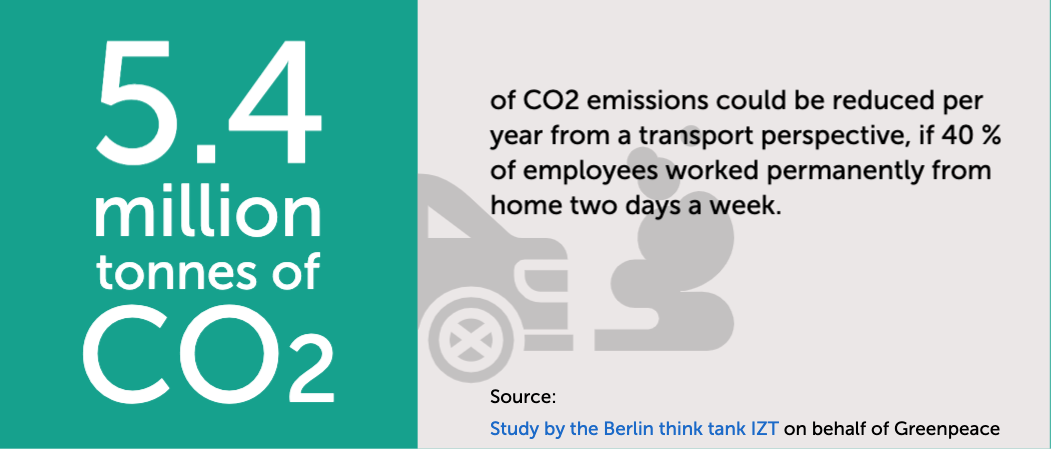
For example, as a cloud provider, talk about the high energy savings achieved by your solution. Generally speaking, switching to professional cloud computing providers saves companies up to 80 percent electricity compared to independently operated local infrastructure.
One thing is certain: As actors in the Internet industry, we are part of the solution. Think of the following: CO2 reduction through green IT and green coding in the fight against climate change; Smart City concepts that make our cities more habitable, resource-friendly and energy-efficient; health care technologies that detect cancer at an early stage on the strength of artificial intelligence; or digital platforms that promote social cohesion and humanitarian causes. In all such instances, digital and disruptive technologies help in tackling the pressing societal challenges in a variety of ways. In our campaign “#JOINTHESOLUTION: We are part of the solution - the Internet industry”, our goal is to present these solutions, tell their story, and shed light on the positive impact of digitalization.
Find more examples of the positive impact of digitalization on sustainability goals and addressing societal challenges in our #JointheSolution campaign and tell the positive stories of digitalization with us.
1 Study by the National Institute for Research in Digital Science and Technology (Inria), University of Côte d’Azur: https://www.itnonline.com/content/artificial-intelligence-could-help-diagnose-lung-cancer-year-earlier
2 See, for example, the Ocean Cleanup: https://www.microsoft.com/en-us/ai/ai-for-earth-the-ocean-cleanup
3 Study by PwC UK on behalf of Microsoft: https://www.pwc.de/de/nachhaltigkeit/how-ai-can-enable-a-sustainable-future.pdf
4 2022 ESG GLOBAL STUDY: No Planet B: How Can Businesses and Technology Help Save the World? https://www.oracle.com/a/ocom/docs/applications/esg-study-no-planet-b-report.pdf
Hanna von der AU is PR Manager at eco – Association of the Internet Industry. She is responsible for the development of communication strategies and concepts, content marketing activities, social media channels, and press releases. The topics closest to Hanna’s heart are diversity and Women in Tech. She leads the activities around eco’s German #LiT – Ladies in Tech initiative and loves getting in touch with more women in the industry. Her aim is to make the Internet industry more colorful and diverse. Before joining eco in 2019, Hanna worked as a digital campaign consultant with a focus on content generation at a digital consultation agency (for customers like NRW.INVEST, GS1 Germany, Peek & Cloppenburg, Coop, Lufthansa).


